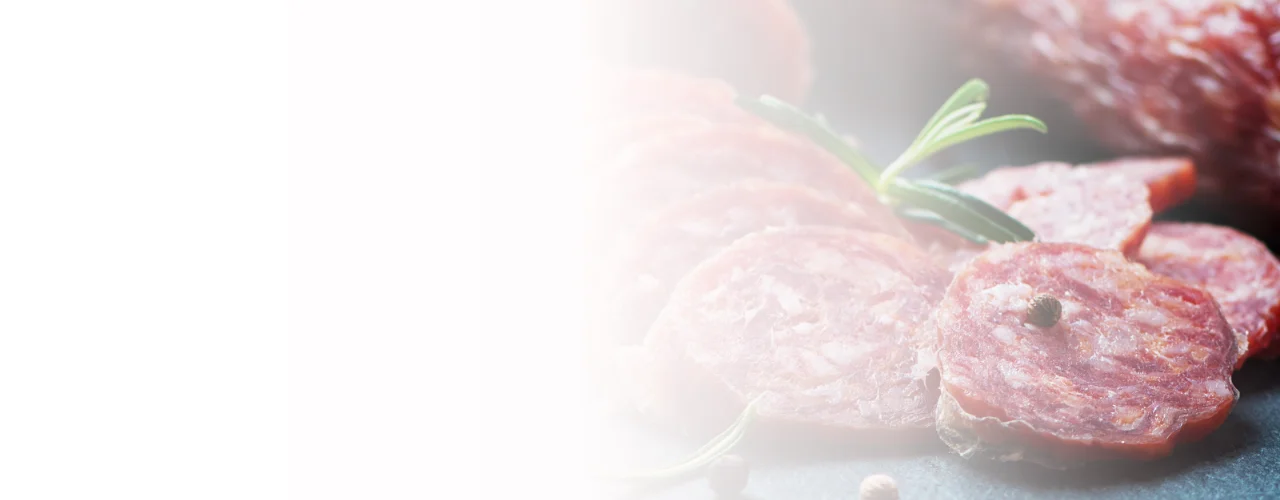Hard cheese | Mountain cheese
Semi-hard cheese











webdeals is a shop cloud. The network of modern, specialized webshops with a thematic focus. WEBDEALS » this is where you get discovered!
The meadow clover (Trifolium pratense), also called red clover, is a plant species of the genus clover (Trifolium) in the subfamily Faboideae within the family of leguminous plants.
The red clover has a strong taproot and an angular, often red overgrown stem with alternate, three-part leaves. The individual leaflets are ovate, each with an arrow-shaped white spot on the upper side.
The more or less purple red butterfly blossoms are grouped in heads. They are pollinated by nectar and pollen collecting bees, bumble bees and butterflies. The leaves perform sleeping movements and fold at night.
Best cheeses due to selected alpine herbs and meadow herbs. We ♥ cheese!
Preference is given to fresh, clayey, deep soils in meadows and fields from the plain to the mountains.
Red clover is a very important forage plant, which is also very adaptable due to its symbiosis with nodule bacteria and grows back quickly. The feed value of clover hay is very high, like that of most papilionaceous plants. Too high a proportion of clover in green fodder can cause various diseases in livestock.
Among the ingredients, the isoflavonoids are particularly noteworthy, which as phytoestrogens have positive effects on menopausal symptoms in humans. However, too high a proportion in the meadows leads to an oversupply of crude proteins in the animal, which can lead to metabolic and fertility problems.
Back to the Hay Milk WikiMild semi-hard cheese
Mild semi-hard cheese
Spicy semi-hard cheese
Mild semi-hard cheese
We use cookies to give you the best online experience. By agreeing, you accept the use of cookies in accordance with our cookie policy. Further surfing in the web shop automatically leads to approval.

When you visit any web site, it may store or retrieve information on your browser, mostly in the form of cookies. Control your personal Cookie Services here.